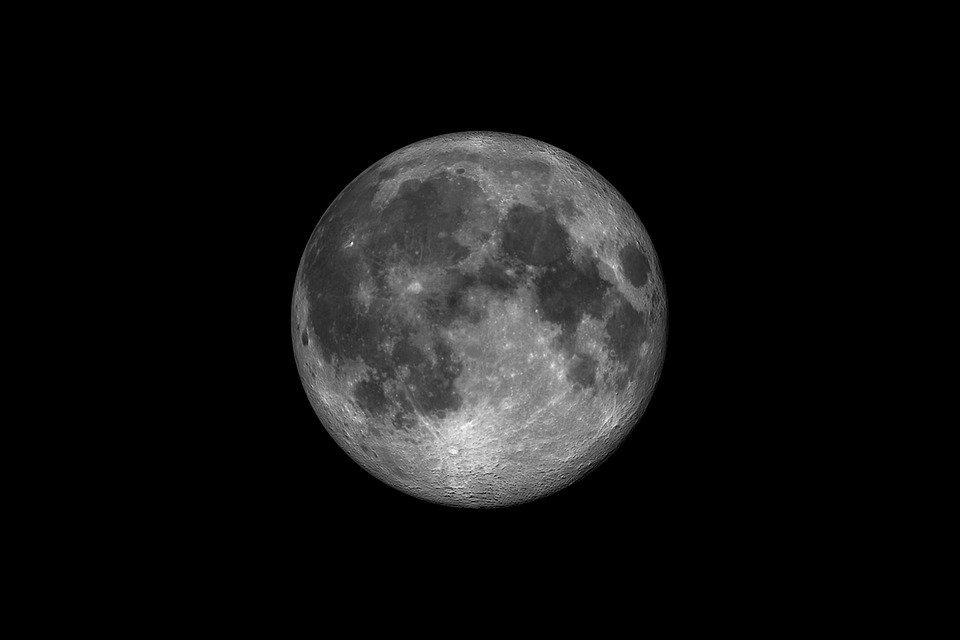A Brief History of Lunar Influence on Menstruation
The idea that the moon’s cycles affect menstruation dates back to ancient times. In many cultures, the full moon was associated with fertility and childbirth, with some societies believing that the lunar cycle could influence the timing of menstrual periods. This notion was often linked to the fact that the average menstrual cycle is approximately 29.5 days, which is remarkably close to the length of the lunar cycle (29.5 days). This coincidence led many to speculate that the moon’s gravitational pull might be synchronizing menstrual cycles with the lunar cycle.
The Science Behind Menstruation and Fertility
Menstruation is a complex physiological process controlled by a delicate interplay of hormones, including estrogen and progesterone. The menstrual cycle is regulated by the hypothalamic-pituitary-ovarian axis, which responds to a variety of internal and external cues, including stress, nutrition, and overall health. Fertility, on the other hand, is influenced by a range of factors, including ovulation, sperm quality, and hormonal balance.
Do Lunar Cycles Really Influence Menstruation and Fertility?
Despite the enduring popularity of the idea that the moon influences menstruation and fertility, the scientific evidence is limited and inconclusive. While some studies suggest that the full moon may be associated with a slight increase in menstrual synchrony (i.e., women’s menstrual cycles becoming more synchronized with each other), these findings are not consistent across all studies. In fact, a 2019 systematic review of 15 studies on the topic found no significant association between lunar cycles and menstrual timing.
Similarly, research on the relationship between lunar cycles and fertility has yielded mixed results. Some studies have reported a small increase in birth rates during full moon phases, but these findings are not consistently replicated and may be influenced by a range of confounding factors, including hospital staffing and admission practices.
Why the Moon’s Influence on Menstruation and Fertility Remains a Topic of Debate
So why does the idea that the moon influences menstruation and fertility persist, despite the lack of conclusive scientific evidence? One reason may be the enduring cultural and symbolic significance of the moon in human societies. The moon has long been associated with femininity, fertility, and the mysteries of the female body, making it a powerful and evocative symbol in many cultures.
Another reason may be the fact that many women report experiencing changes in their menstrual cycles or fertility in response to the full moon, even if these experiences are not supported by rigorous scientific evidence. The placebo effect, confirmation bias, and the influence of cultural and social expectations may all contribute to the persistence of these beliefs.
Conclusion: Separating Fact from Fiction
In conclusion, while the idea that the moon influences menstruation and fertility has a certain mystical appeal, the scientific evidence is limited and inconclusive. Menstruation and fertility are complex physiological processes influenced by a range of internal and external factors, and the moon’s gravitational pull is unlikely to play a significant role in shaping these processes.
That being said, the cultural and symbolic significance of the moon in human societies is undeniable, and the persistence of these beliefs reflects the complex and multifaceted nature of human experience. By separating fact from fiction and exploring the current state of research on this topic, we can gain a deeper understanding of the intricate relationships between biology, culture, and the natural world.


Leave a Reply